Protecting Your Home: The Best CCTV Types and Where to Install Them for Maximum Security
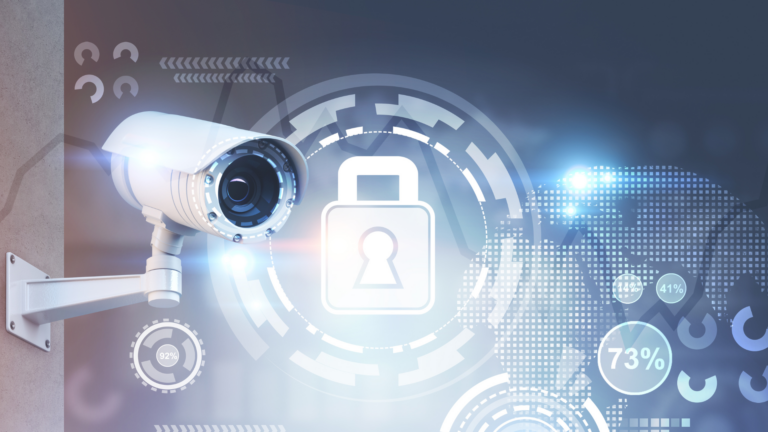
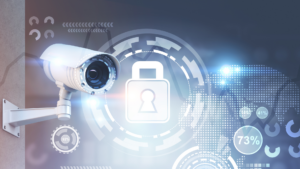
Your home is your sanctuary. It's where you relax, spend time with loved ones, and feel safe. But unfortunately, burglars and other criminals don't see it that way. They view your home as a potential target for their criminal activity. That's why it's crucial to take steps to protect your home from these threats. One of the most effective ways to do that is by installing CCTV cameras. Not only do they act as a deterrent to potential intruders, but they also provide valuable footage in the event of a break-in. In this blog post, we'll explore the best types of CCTV cameras and where to install them for maximum security, so you can rest easy knowing that your home is protected.
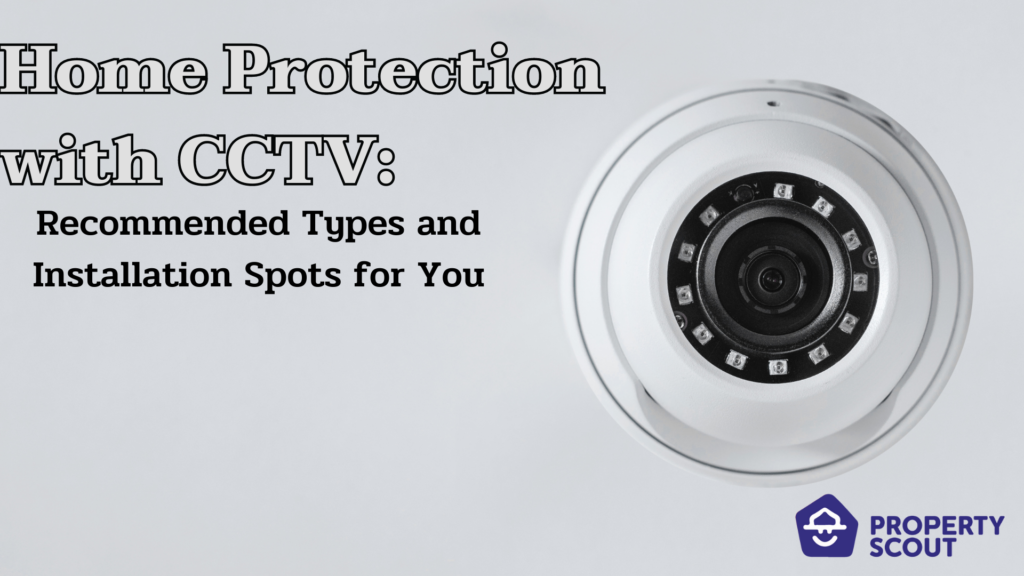
Types of CCTV Cameras
CCTV cameras have become an essential security measure in both residential and commercial properties. With the advancements in technology, there are now a variety of CCTV cameras available, each with its own unique features and benefits. In this section, we'll take a closer look at some of the most popular types of CCTV cameras and explore their different capabilities to help you choose the best one for your security needs.
Dome cameras
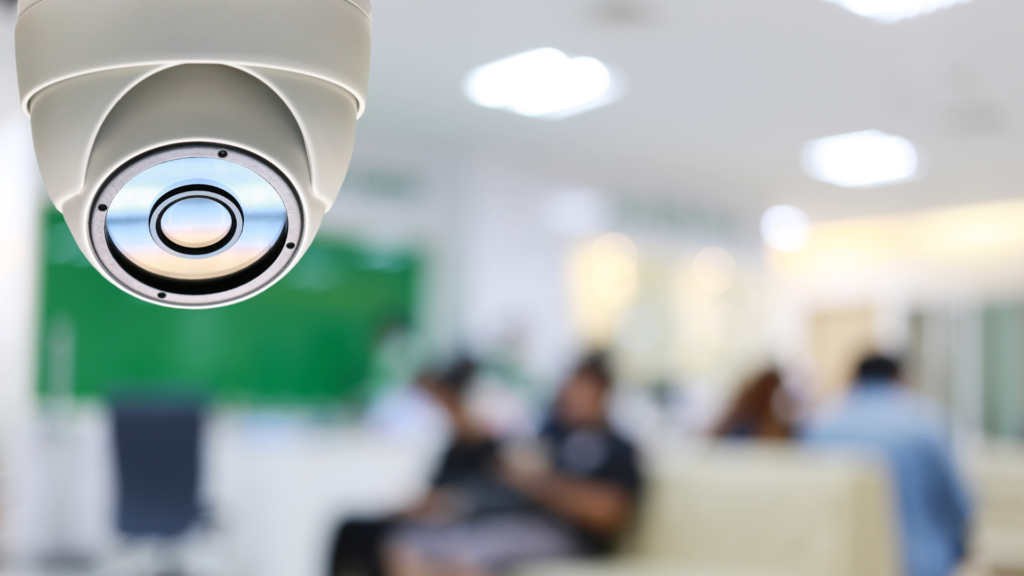
A dome camera is a type of CCTV camera that is enclosed in a dome-shaped housing. It is often used in indoor settings, such as retail stores, offices, and homes, as it has a discreet design and is less obtrusive than other types of cameras. Dome cameras can be fixed or have the ability to pan, tilt, and zoom (PTZ), allowing for greater flexibility in monitoring a wider area. Some dome cameras also have infrared LEDs, which enable them to capture clear images in low-light conditions. The dome housing provides additional protection from vandalism and tampering, making it a popular choice for high-security environments.
Pros and Cons
One of the main advantages of a dome camera is its discreet and unobtrusive design, which makes it suitable for a range of indoor environments. The dome housing can also offer additional protection from vandalism and tampering, as it is more difficult for someone to know which way the camera is pointing. Dome cameras can be fixed or PTZ, which allows them to monitor a wider area and provide greater flexibility in surveillance. In addition, some dome cameras have infrared LEDs, which provide clear images in low-light conditions.
One potential downside of a dome camera is that it has a fixed angle of view, which may limit its effectiveness in monitoring large areas. If the camera is mounted too high or too low, it may not capture the desired field of view. Additionally, dome cameras tend to be more expensive than other types of cameras, which may be a consideration for those on a tight budget. Finally, because dome cameras are designed for indoor use, they may not be suitable for outdoor environments, where they may be exposed to the elements and suffer from weather damage.
Recommended Installation Spots
For home installation, dome cameras are typically mounted on the ceiling or wall in high-traffic areas, such as hallways, living rooms, and entryways. Placing the camera in a central location provides a wide-angle view of the surrounding area, making it easier to monitor for any suspicious activity. Dome cameras can also be installed in outdoor areas, such as the porch or garage, to provide added security. It is important to ensure that the camera is mounted at an appropriate height and angle to capture the desired field of view and that it is protected from weather elements, especially if installed outdoors.
Bullet Cameras
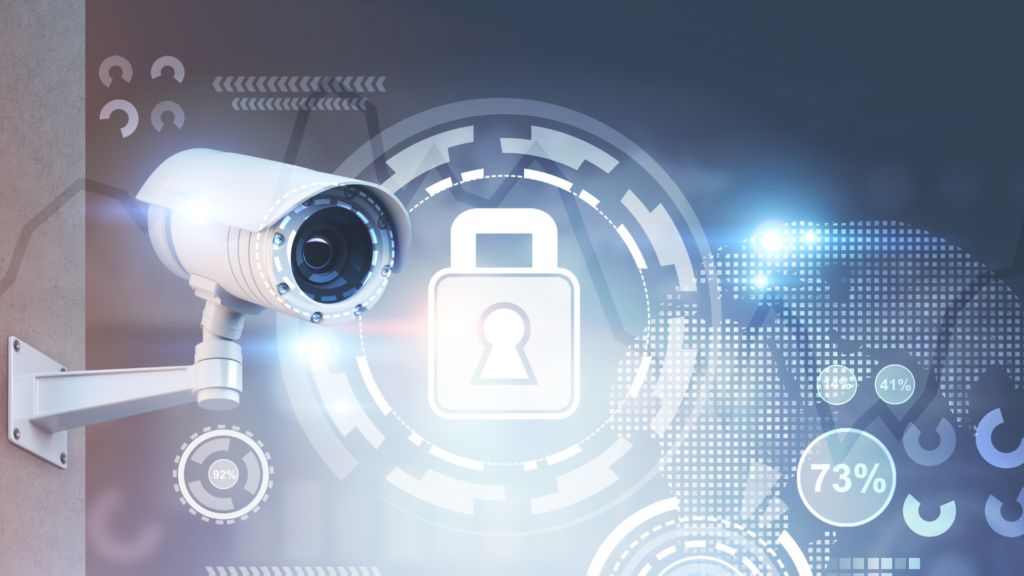
A bullet camera is a type of CCTV camera that is cylindrical in shape and designed for both indoor and outdoor use. It has a streamlined design that makes it easy to mount on walls, ceilings, or poles. Bullet cameras are typically equipped with infrared LEDs, which allow them to capture clear images in low-light conditions. They have a fixed lens that provides a narrower field of view than other types of cameras, making them ideal for monitoring specific areas such as entrances, driveways, or parking lots. Some bullet cameras also have a motorized zoom lens, which provides greater flexibility in surveillance. Bullet cameras are often weatherproof and vandal-resistant, making them a popular choice for outdoor use in harsh environments.
Pros and Cons
One of the main advantages of a bullet camera is its versatility in placement. Its cylindrical shape and streamlined design make it easy to mount on walls, ceilings, or poles, both indoors and outdoors. Bullet cameras are typically equipped with infrared LEDs, which allow them to capture clear images in low-light conditions. They have a fixed lens that provides a narrower field of view than other types of cameras, making them ideal for monitoring specific areas such as entrances, driveways, or parking lots. Some bullet cameras also have a motorized zoom lens, which provides greater flexibility in surveillance. Bullet cameras are often weatherproof and vandal-resistant, making them a popular choice for outdoor use in harsh environments.
One potential downside of a bullet camera is that it has a fixed angle of view, which may limit its effectiveness in monitoring large areas. If the camera is mounted too high or too low, it may not capture the desired field of view. Additionally, bullet cameras are often more obtrusive than dome cameras, as they are more visible and have a more industrial design. This may be a consideration for those who want a more discreet security solution. Finally, bullet cameras may not be suitable for areas with high foot traffic, as they can be more easily tampered with or damaged due to their more exposed placement.
Recommended Installation Spots
For home installation, bullet cameras are typically mounted on the exterior of the house to monitor areas such as the driveway, front porch, or backyard. They can be mounted on walls, ceilings, or poles, depending on the desired field of view. Bullet cameras with a motorized zoom lens are particularly useful in monitoring specific areas such as the front door or garage. When installing a bullet camera, it is important to ensure that it is placed at an appropriate height and angle to capture the desired field of view. Additionally, it is important to consider weatherproofing and protection against vandalism, as outdoor cameras are more susceptible to damage from weather and potential intruders.
Pan-tilt-zoom (PTZ) cameras
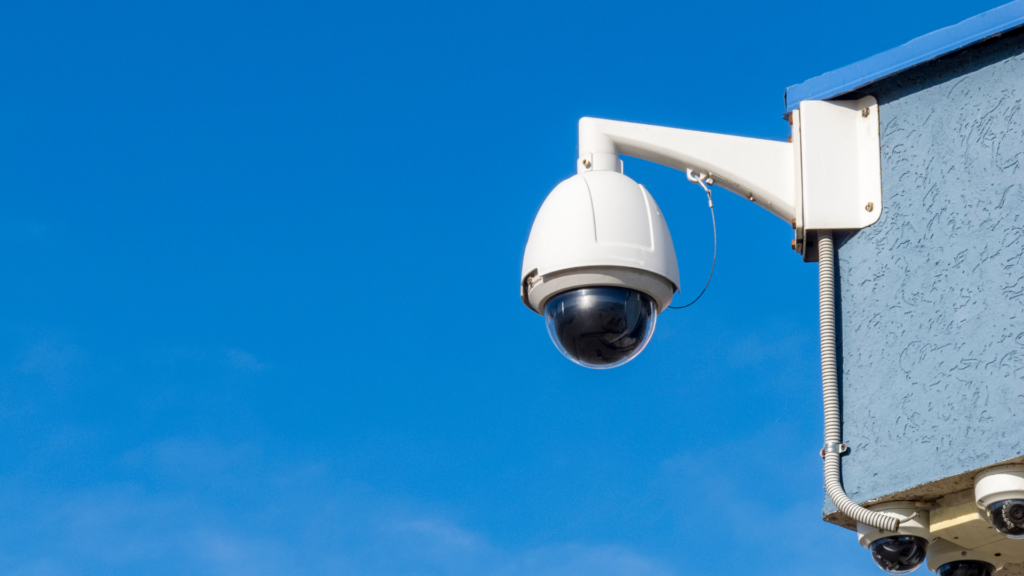
A pan-tilt-zoom (PTZ) camera is a type of CCTV camera that can be remotely controlled to pan (move horizontally), tilt (move vertically), and zoom in on a specific area. PTZ cameras are typically equipped with motors that allow them to move quickly and smoothly, providing a wider range of coverage than fixed cameras. They often have powerful zoom lenses that can magnify images from great distances, making them ideal for monitoring large areas such as parking lots, airports, or stadiums. PTZ cameras can be programmed to follow specific patterns or movements, and they can be controlled remotely via a computer, mobile device, or control panel. They are often used in high-security environments where real-time monitoring and rapid response are critical.
Pros and Cons
One of the main advantages of a PTZ camera is its flexibility and range of coverage. Its ability to pan, tilt, and zoom in on a specific area makes it ideal for monitoring large spaces such as parking lots, airports, or stadiums. The powerful zoom lens of a PTZ camera can magnify images from great distances, providing excellent detail and clarity. PTZ cameras can also be programmed to follow specific patterns or movements, and they can be controlled remotely via a computer, mobile device, or control panel. This makes them particularly useful for real-time monitoring and rapid response in high-security environments.
One potential downside of a PTZ camera is its complexity and cost. PTZ cameras are generally more expensive than fixed cameras, and they require additional hardware and software for remote control and monitoring. Additionally, PTZ cameras can be more difficult to install and maintain than fixed cameras, as they require precise positioning and calibration. The constant movement of a PTZ camera can also make it more susceptible to wear and tear, and it may require more frequent maintenance than fixed cameras. Finally, the movement and noise of a PTZ camera can be more obtrusive than a fixed camera, which may be a consideration for those who want a more discreet security solution.
Recommended Installation Spots
PTZ cameras are typically used in large areas and outdoor settings such as parking lots or industrial sites. However, for home installation, a PTZ camera can be installed in areas that require a wider range of coverage, such as large backyards or driveways. They are particularly useful for monitoring areas with irregular movement or potential blind spots. It is important to consider the camera's range of motion and ensure that it is installed in a location where it can cover the desired area without interference from obstacles such as trees or buildings. PTZ cameras should also be installed in areas that are less accessible to potential intruders to minimize the risk of vandalism or tampering. Finally, it is important to consider the camera's power source and connectivity options when installing a PTZ camera for home use.
Factors to Consider in CCTV Installations
CCTV installations can provide invaluable security and peace of mind for both residential and commercial properties. However, the success of a CCTV system largely depends on the quality of the installation and the equipment used. There are several important factors to consider when planning a CCTV installation, including the type of cameras, the location and coverage of cameras, the storage and retrieval of footage, and the overall system design. In this section, we will discuss these factors in detail and provide helpful tips for ensuring a successful CCTV installation.
Resolution
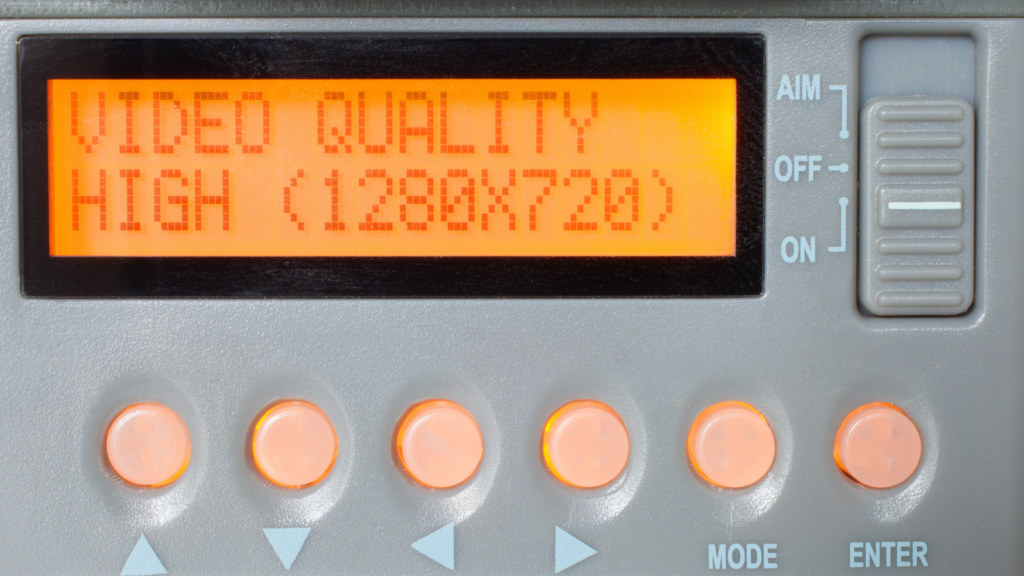
Resolution is an important consideration when planning a CCTV installation. The resolution of a camera determines the clarity and level of detail captured in the footage. Higher resolution cameras produce clearer images with more detail, allowing for easier identification of individuals or objects. However, higher resolution cameras also require more storage space and can be more expensive. It is important to consider the intended purpose of the camera and the environment in which it will be used when selecting a resolution. Cameras in high-risk areas, such as building entrances or parking lots, should have a higher resolution to ensure clear identification of individuals or vehicles, while cameras in low-risk areas may not require the same level of detail. Ultimately, choosing the appropriate resolution is a balancing act between image quality, storage space, and cost.
Night Vision
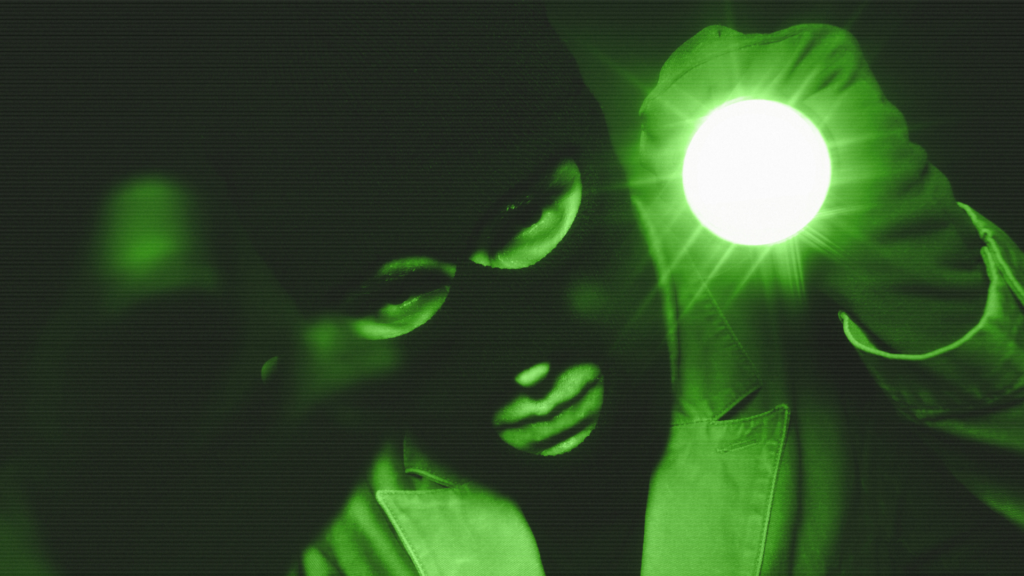
Night vision is an important consideration when planning a CCTV installation, especially for properties that require 24-hour surveillance. Cameras with night vision capabilities use infrared technology to capture clear images even in low light or complete darkness. The range of the night vision depends on the camera's capabilities, and it is important to choose a camera with a range that meets the needs of the property. It is also important to consider the placement of the cameras, as objects such as walls and windows can interfere with the infrared technology and reduce the camera's effectiveness. Additionally, it is important to select cameras with an appropriate level of night vision to avoid overexposure or underexposure, which can result in unclear or distorted images. Ultimately, selecting cameras with reliable and effective night vision capabilities is crucial for ensuring the security and safety of the property, regardless of the time of day.
Field of view
Field of view is an important consideration when planning a CCTV installation as it determines the coverage area of a camera. The field of view is the area that the camera is capable of monitoring and is determined by the camera's focal length and lens angle. A wider field of view is preferable for areas that require greater coverage, such as parking lots or large rooms. However, a wider field of view can also result in reduced detail and clarity in the footage. It is important to consider the specific needs of the property and the intended purpose of the camera when selecting the field of view. Cameras in high-traffic areas, such as building entrances, may require a narrower field of view to ensure clear identification of individuals, while cameras in less busy areas may be able to have a wider field of view without sacrificing image quality. Ultimately, selecting the appropriate field of view is crucial for ensuring that the camera provides adequate coverage while also capturing clear and detailed footage.
Weather

Weather is an important consideration when planning a CCTV installation, especially for outdoor cameras. Cameras installed in areas with harsh weather conditions, such as extreme temperatures, high humidity, or heavy rainfall, require special features to ensure their durability and effectiveness. Outdoor cameras should be weatherproof and designed to withstand the elements to prevent damage or malfunction. Cameras should also have the appropriate housing and mounting equipment to protect against wind, rain, and other weather-related factors. In addition, it is important to choose cameras with lenses that can adjust to changing lighting conditions caused by weather-related factors, such as cloud cover or precipitation. Ultimately, selecting cameras with appropriate weatherproofing and features is crucial for ensuring that the cameras remain effective and reliable in all weather conditions.
Conclusion
In conclusion, installing CCTV cameras can significantly enhance the security of your home. By carefully considering the different types of cameras and their respective features, you can select the ones that best meet your specific needs. Additionally, proper installation and placement of cameras is crucial for ensuring maximum coverage and effectiveness. By taking these steps, you can help protect your home and your loved ones from potential threats. So, take the time to plan your CCTV installation carefully, and enjoy the peace of mind that comes with knowing your home is secure.
Find your ideal property, available for sale or rent in the best prices possible, or list your property for sale or rent here. Alternatively, if you have any further questions, please get in touch with us:



